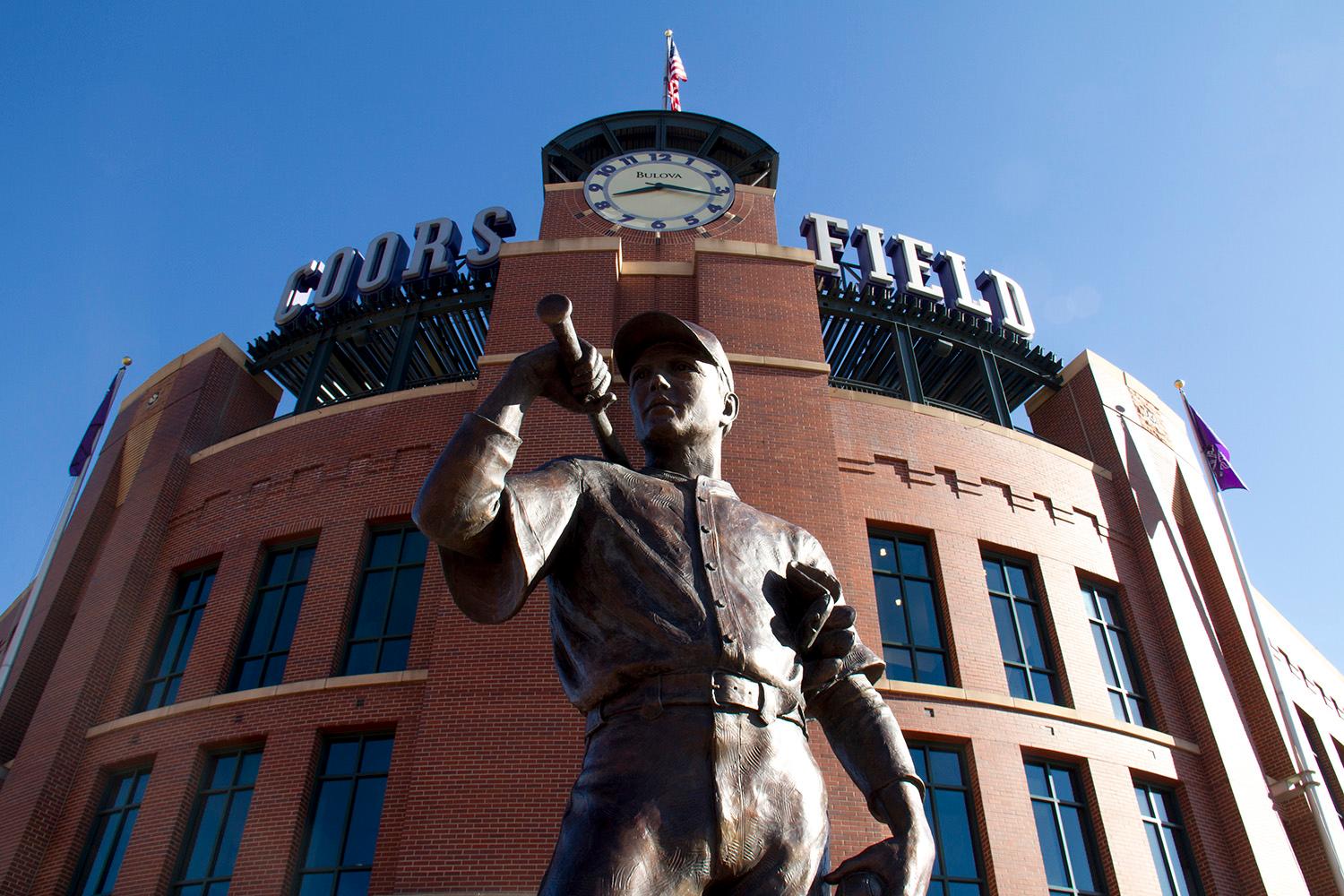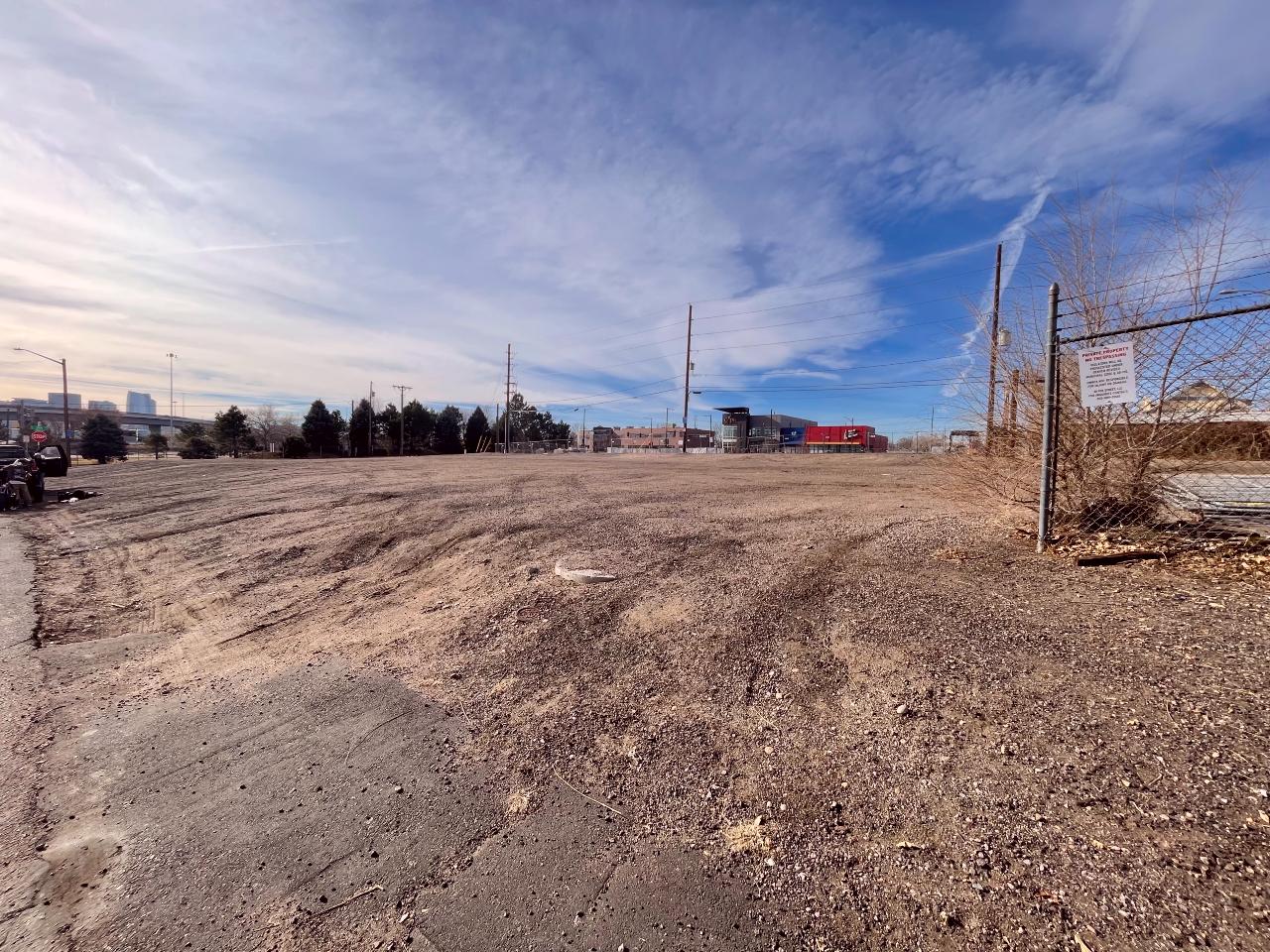
People who live and own businesses in Ballpark are talking about whether they should be the next Denver area to create a super-local district with the power to collect extra taxes and pay for anything from new lighting to security patrols, snow removal, public art and events.
Property and business owners around Ballpark were invited last weekend to "focus group" sessions with a new group calling itself The Ballpark Collective.
This group -- an offshoot of the local neighborhood association -- is gauging whether locals might want to follow in the footsteps of areas like River North and Five Points, which recently created their own quasi-municipal corporations.
Right now, most of Ballpark's neighborhood action happens through the Ballpark Neighborhood Association. Ballpark is not an official Denver neighborhood, but the neighborhood association defines itself as stretching from Coors Field down to Welton Street.
"We have a bunch of volunteers, all with day jobs that barely have enough time to help run a brewery or help run a pizza shop," said Bryan Slekes, director of business operations for Great Divide Brewing Company. Seeing other neighborhoods' rush to organize, he proposed that Ballpark start beefing up its own powers.

Creating a new district could bring significant new clout.
Ballpark is "getting surrounded by all these neighborhoods that are kind of self-organizing. They're kind of getting squished in, and they’re feeling it," said Alye Sharp, a strategist for the consultant group Centro, which is helping with Ballpark's new process.
"They have all these visions and priorities of things they want but no way to really pay for them and no way to have a voice."
What's at stake?
In RiNo, two twin districts are expected to take in about $900,000 in property taxes this year, paying for everything from trash cans to support for entrepreneurs. In Five Points, the new BID's $186,000 budget was expected to pay for graffiti removal, lights and security.
The Downtown Denver Business Improvement District is the largest in the city, using extra property taxes within its borders to fund a purple-shirted downtown patrol and more. Districts also have the power to take on debt; RiNo property owners are bankrolling $3 million worth of improvements to Brighton Boulevard.
In short, these organizations can be big and powerful, with full-time staff and the money to take on some serious projects.

What are they trying to fix in Ballpark?
The Ballpark Collective organizers are still "taking the temperature" of the neighborhood, Sharp said, but a new district could potentially run "marketing for the neighborhood, artists and creative business support, placemaking, infrastructure -- they can fund just about anyone or anything."
One focus may be creating new green space, which Ballpark doesn't have much of, Slekes said. There's also interest in creating better signage, including "wayfinding" signage, along with improvements for pedestrians, he said.
"What is the Ballpark neighborhood?" Slekes asked. "How do people know that they're here?"
We can get a hint of where a Ballpark district might be based on the boundaries of the Ballpark Neighborhood Association, shown below, but we don't know whether an improvement district would ultimately follow the same borders.
The boundaries of the Ballpark Neighborhood Association are shown above. Note that they overlap with other neighborhoods' and associations' borders. Also, Ballpark Collective seems to be focused on a narrower slice – see their website.
The new BID in Five Points, for example, only actually covers a corridor around Welton Street.
I asked Sharp how much of the conversation had focused on homelessness. Ballpark historically has been referred to as Denver's mission district, as it has long hosted services and shelters for people experiencing homelessness. Previously, the neighborhood association unsuccessfully sued to keep a community center for homeless people from opening.
"Obviously, that’s the question no one’s ever going to have an answer to," she said. She described safety, security and maintenance as key concerns. There's also been talk about the "concentration" of shelters and other social services in Ballpark, she said.
"RiNo and Five Points and Curtis Park -- the leaders in those neighborhoods are having meetings discussing what to do, " she said. "And Ballpark, who really has all the services in this area, say, 'We've been left out of that conversation.' Also, whether reality or perception, there’s at least a perception of a higher crime rate and drug distribution in plain sight."
Slekes said he has been in touch with some of the service providers and plans to expand that conversation. "If we’re all working together on commons issues and opportunities, I think that we can all benefit from that."
Similarly, Sharp added that the process would be open and collaborative, involving both service providers and nearby neighborhoods.
"There are interesting things that BIDs can do to support the homeless community and keep them involved, including providing social workers and employment opportunities, or tiny house communities like we’re exploring (in) the RiNo neighborhood," she wrote in an email.

What's next:
Centro is working with the Ballpark Neighborhood Association to explore the concept of a business improvement district (BID) or a general improvement district (GID). BIDs are funded by an extra tax on commercial property, GIDs by an extra tax on all property. Both are run by boards appointed by the city council or the council itself.
The idea so far has had strong support in Ballpark, Sharp said. Councilman Albus Brooks is among the informal "steering committee" guiding the process, she said. The city itself is not officially involved with the process yet, she said.
By the way -- the newest districts have a couple players in common. Centro previously consulted on the creation of the new organizations in RiNo and Golden Triangle and now is shepherding the Ballpark effort. Another group, Progressive Urban Management Association, assisted with the Welton Street process.
Slekes, of Great Divide, is on the board of the RiNo business district and plays a role in Ballpark, as Great Divide has a presence in both neighborhoods. Councilman Brooks is on the steering committee for The Ballpark Collective and the boards of the RiNo and Five Points districts, as they're all in his district.
Nitty gritty:
Anyway, any new district would require city council approval and majority approval by those who would be paying the new tax.
For a BID, they'd need the initial support of people owning more than half the square footage and half the building value of the area. A GID process could get started with just 200 signatures.
Both types of district would then require approval of the Denver City Council, after which they would require approval of the majority of the affected property owners to continue. For the BID, that's only commercial owners. For the GID, it's all property owners.
The board of a BID would be appointed by the city council. In the case of a GID, the council itself would be in charge unless it chooses to appoint a board.
The next major public outreach on the Ballpark effort should happen around March, Slekes said, "with way more specifics."
This post was updated with more details of the borders of Ballpark and with additional comment on social services from Sharp. It has been corrected to note that Centro was not involved in the Welton Street process.










